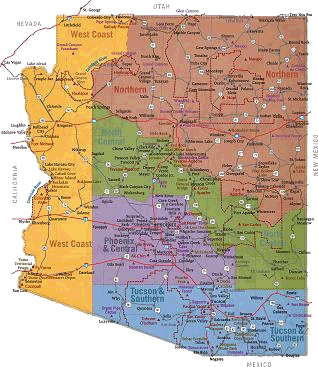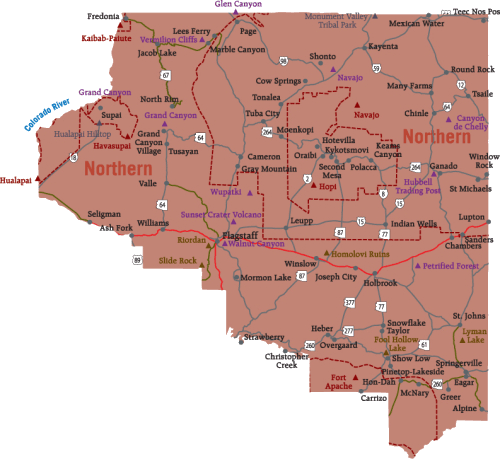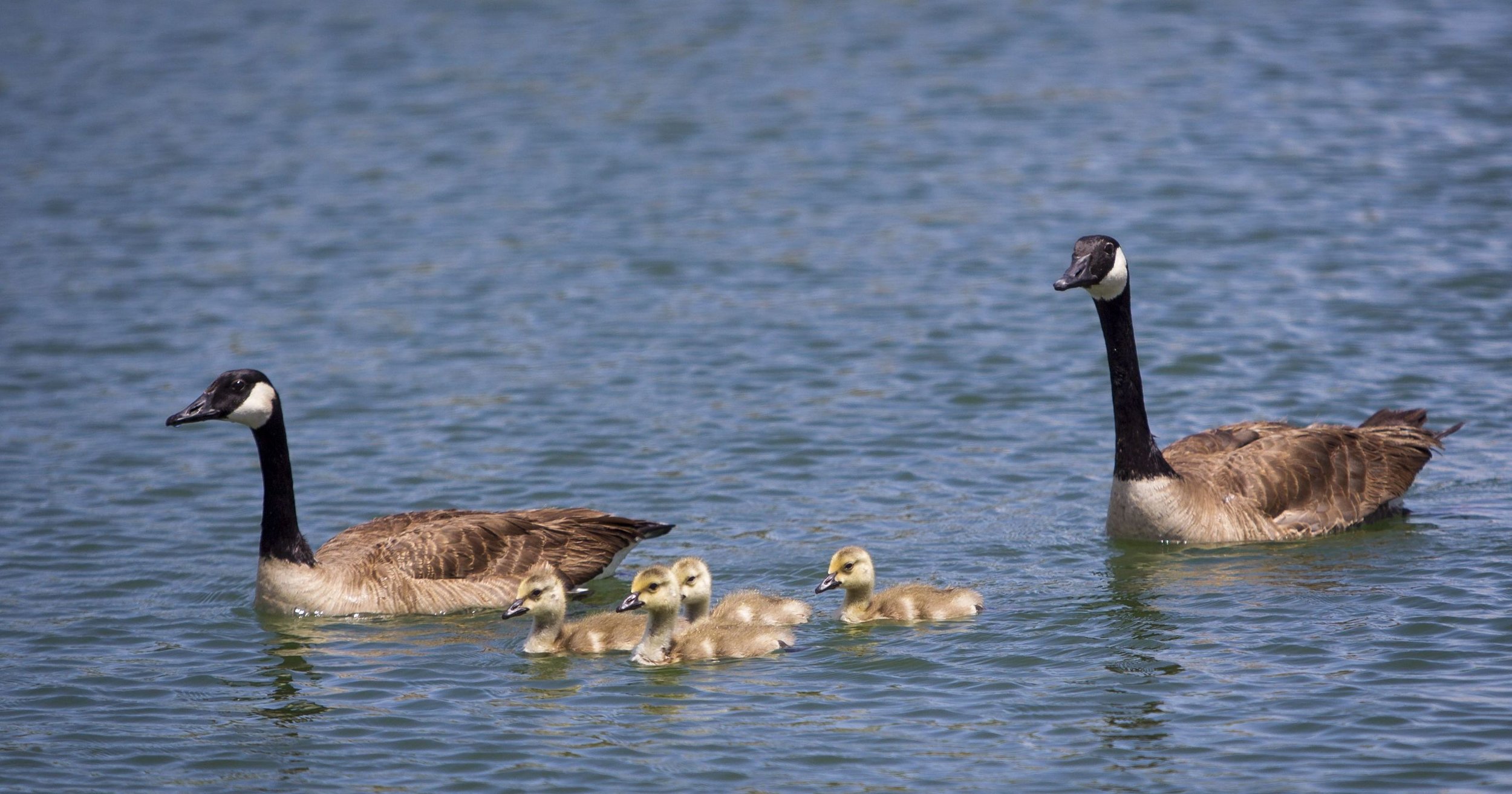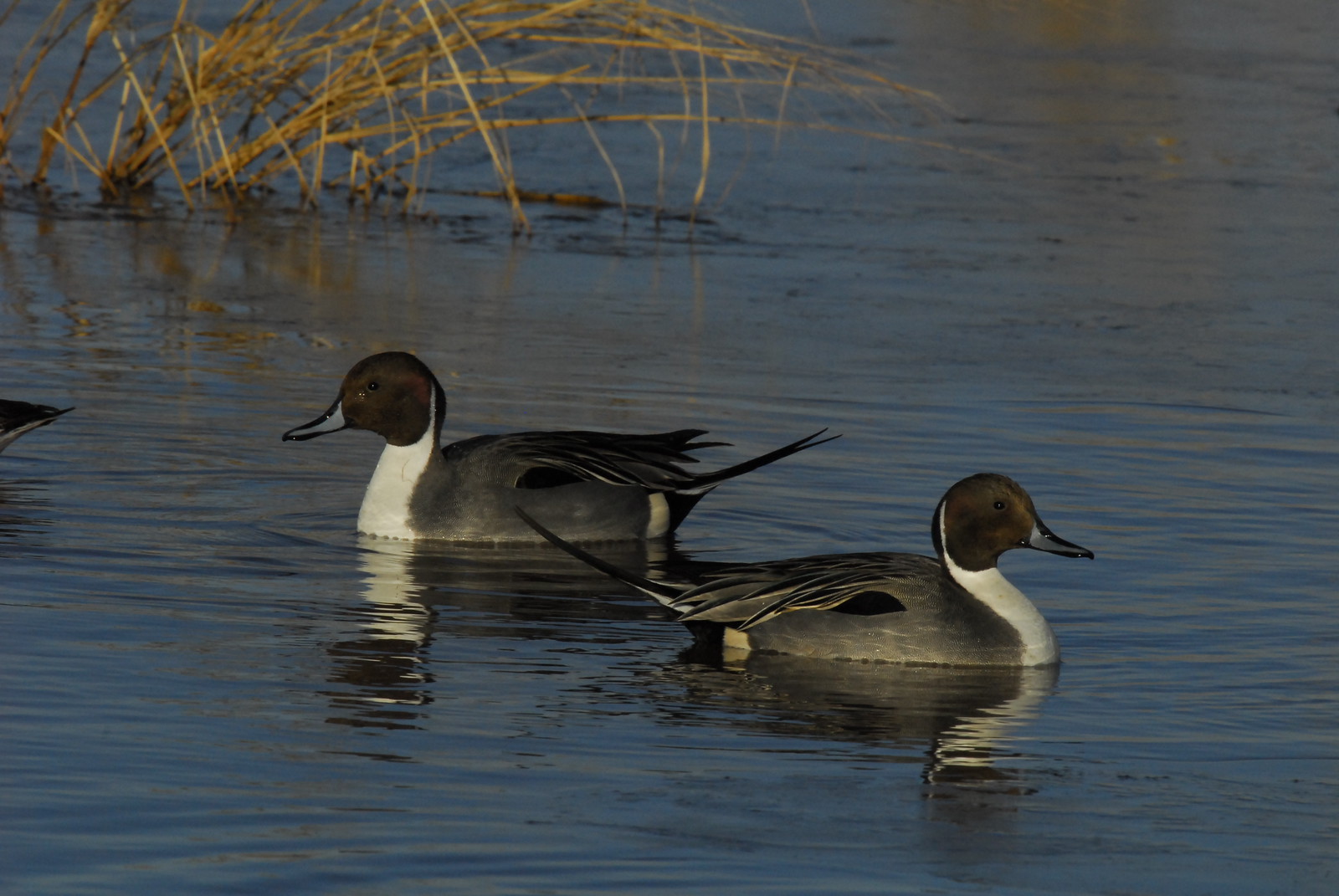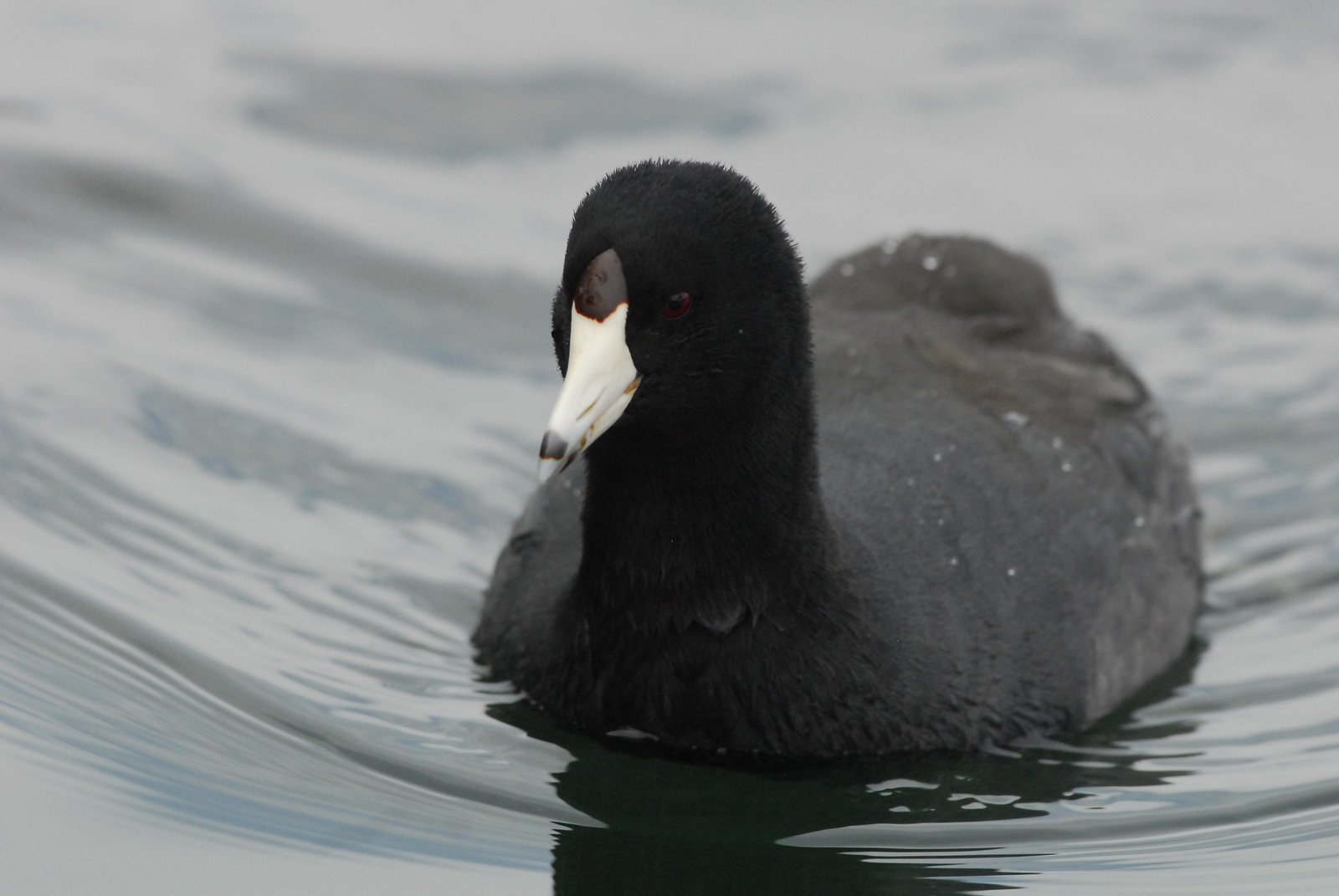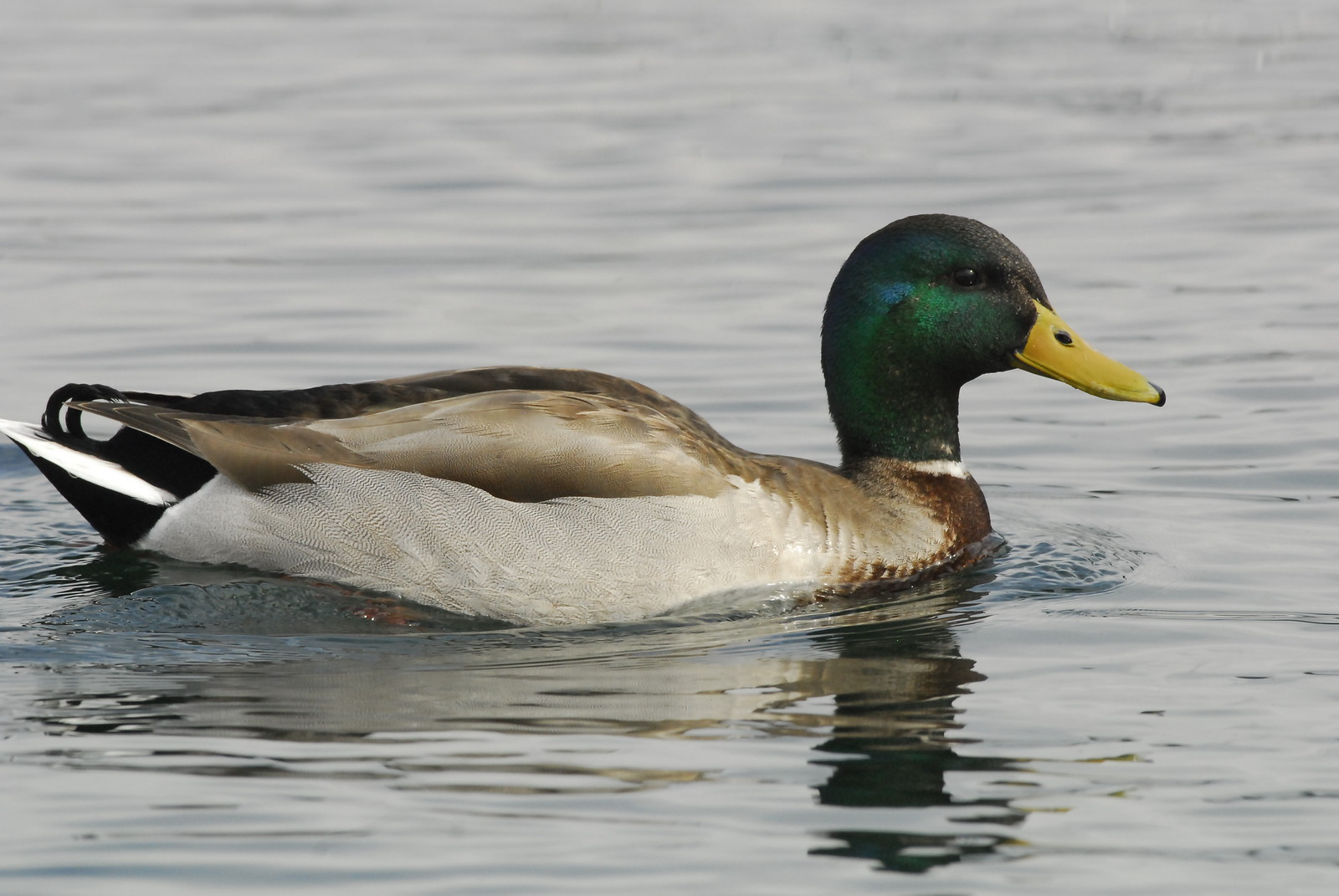Wildlife Viewing in October
Phoenix and Central Arizona
Javelina
The last of the autumn migrants are passing through Maricopa County and “migrant traps” such as the Hassayampa Preserve, Gilbert Riparian Preserve and Boyce Thompson Arboretum. Wilson’s and McGillivray’s warblers, green-tailed towhees and northern “red-shafted” flickers are among species to watch for. To see native mammals, first know and seek out their food sources. Most of the palm trees around the valley are nonnative, but many produce fruits which attract squirrels, ringtails and even javelina – as well as numerous bird species. Butterfly wings will look ragged, tattered and worn in October, and this is the final month to see the southwestern monarch butterflies before they migrate. Would you believe these seemingly delicate insects are known to travel as far south as Mexico City?
Ringtail
North Central Arizona
White Mountain and high country lakes can sport rafts of American wigeon, northern shoveler, mallard, gadwall, cinnamon teal and redhead. Deeper waters hold scores of bufflehead, ringnecked duck, ruddy duck, common merganser and canvasback, along with fewer numbers of common goldeneye, lesser scaup, western grebe, northern pintail and the elegant hooded merganser. Best bets include Fool Hollow, Show Low, Becker, Concho and Woodland lakes, and River and Scott reservoirs. Fall can also see the arrival of high-elevation birds migrating downwards into the ponderosa pine forests or pinyon-juniper woodlands for more optimal food supplies. Red-breasted nuthatch, Williamson’s sapsucker and even Clarks’ nutcracker are found in these habitats at this time.


